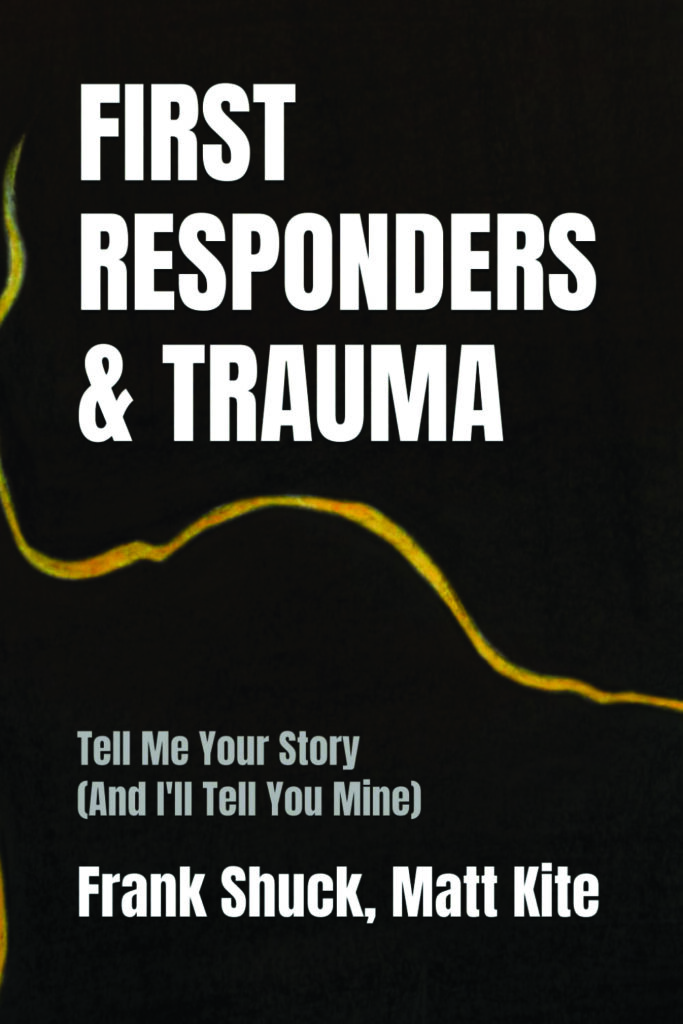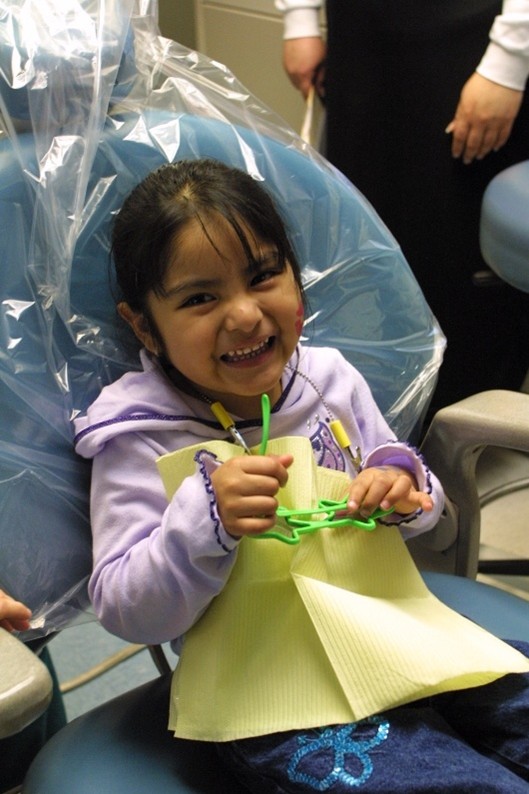BY MATT KITE for Weekly Volcano | April 2025 issue

What would you say if I suggested that trauma and growth are intertwined? That sometimes you can’t have one without the other?
I learned that lesson vicariously while co-authoring a book with Frank Shuck, a retired Seattle firefighter and Steilacoom resident. Frank, a longtime friend of mine, invited me to collaborate with him on a book not long after he was diagnosed with post-traumatic stress disorder.
The result, First Responders and Trauma: Tell Me Your Story (And I’ll Tell You Mine), was published last month.
Part memoir, part anthology, the book tells Frank’s story—from his childhood in Rancho Cordova, California, to his separate stints as an Army medic, charge nurse, and firefighter. It also features the stories of two other firefighters in Washington state, a retired police officer in Los Angeles, a city chaplain in Marysville, two nurses (including one in Tacoma), and a California corrections officer who passed away in 2020. The book, which broadens the definition of first responder to include caregivers and others, is intended to facilitate a conversation about trauma and its impact on individuals and communities.
Along with interviewing first responders and their families, we spoke with practitioners of the healing arts: a somatic therapist, a Reiki master, a yoga instructor, a chiropractor, and a clinical hypnotherapist. What we found was that trauma, if left untreated, has the potential to harm us and stunt our growth—but when addressed carefully and in a loving manner, it can become a force for growth and enlightenment.
Trauma manifests in the body even when the mind refuses to acknowledge its impact. After surviving harrowing physical abuse in his youth, Frank embarked on a life of what he calls “medication by dedication.” As long as he helped others in need, he didn’t have to focus on his own pain. After high school, he joined the Army and became a paramedic. Later, he studied nursing and became a charge nurse on the oncology floor at Seattle’s busy Swedish Hospital. Finally, he served two decades with the Seattle Fire Department, working as a firefighter, EMT, and RN in a busy engine company.
During his long career, Frank witnessed his share of trauma—gunshot wounds, third-degree burns, suicides. He also sustained a serious injury in the line of duty and recovered at Harborview Medical Center. On his first morning as a firefighter, he was handed a dead infant by the baby’s distraught mother and asked to do something. As an Asian American, he dealt with both subtle and overt racism from his colleagues and superiors. And more than once, he faced administrative betrayal, which only compounded his trauma.
Like many of his fellow first responders, Frank was eventually diagnosed with PTSD. He still suffers lingering effects: anxiety, anger, depression, hypervigilance, and recurring nightmares. But after he lost several former colleagues to suicide, he realized something needed to be done. That “something” was to tell his story—and to invite others to share theirs. The mere act of storytelling, it turned out, proved as liberating as it was cathartic.
First responders, Frank learned, don’t ignore trauma so much as they delay their experience of it. Telling their stories—and listening to others tell theirs—often constitutes the first step in the long healing journey. Other steps in the ongoing and nonlinear process include sitting still with the pain caused by trauma, taking full ownership of that pain, and making room for revelation and evolution.
Robin Hayes, a nurse case manager who battled long COVID, learned from her ordeal how to listen better to patients and how to reprioritize her life. Before becoming ill, she spent most of her spare time training for marathons and triathlons. Afterward, she began thinking about the future and starting a family. Tony Robinson, a firefighter who became overwhelmed by the cumulative effects of one traumatic incident after another, found refuge in his faith and his marriage.
While in the grip of trauma, the best most of us can do is take good care of our health. We can also seek counseling, join a support group, or find a mentor. And we can use our bodies to help release the trauma—whether that means gardening, hiking, or simply practicing deep breathing. But once trauma is safely in the rearview mirror, we can begin the work of acknowledging it, exploring it, and eventually transcending it.
Most people view trauma as unwanted and destructive—and for good reason—but remaining stuck in that interpretation can rob us of our agency and lead to self-destructive behavior. What if we assign trauma a positive meaning? What if we view trauma as something that compels us to grow and change, as the key to our enlightenment? We need not romanticize it. We need only recognize its potential to instruct. When we do that, suddenly, trauma becomes a force for growth.
In the Buddhist tradition, two kinds of enlightenment are available to everyone: satori and kensho. The former involves growth through wisdom and understanding, while the latter requires suffering as an instructor. As a form of kensho, trauma pushes us to reconsider our lives—to make a shift, to see things in a new light. It’s not gradual or gentle but sudden and often violent. How we make use of it is entirely up to us. Ultimately, we must accept responsibility for the trauma we experience—not because we deserve it but because the alternative is to play the role of victim.
Trauma enables each of us to engage in an emotional or spiritual kind of kintsugi, the Japanese art of pottery repair. By using lacquer mixed with powdered gold, the artist repairs the vase and makes it stronger than it was before. By repurposing trauma and using it to transform us, we can become stronger than ever.




